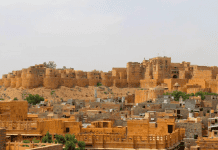Gudi Padwa is the lunar new year celebrated by the Maharashtrian community in India. On this day, families come together to hoist a gudi and pray for a prosperous year. The entire community participates in swagat yatras organised locally to welcome the new year. And then gorge on a lunch of shrikhand puri and batatyachi bhaji cooked in their homes.
In India festivals and food go hand in hand. Every festival has a traditional dish or menu associated with it. Like holi is incomplete without bhaang and gujiyas, so are shrikhand puri inseparable from the festival of Gudi Padwa. This spring-time celebration by the Marathi and Konkani community is also the most eagerly awaited one every year.
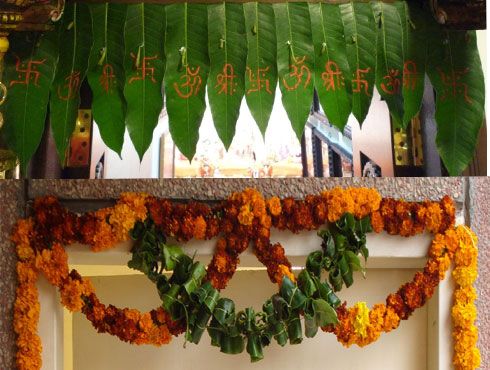
Gudi Padwa falls in the Chaitra month of the Hindu calendar and is the first day of the Chaitra Navratri. “It is also considered to be the day when Lord Ram returned to Ayodhya after 14 years in exile and was throned as the king,” says Sandeep Shahane from Dombivli. On this day, members of a Maharashtrian household wake up early morning and have a bath. Women of the house make elaborate rangolis on their doorstep to welcome the new year. Torans or bandanwars of marigold flower and mango leaves also adorn the doors.
The entire family dresses up in traditional clothes and jewellery. Women wear navaari sarees with nath (nose ring of pearl, ruby and gold wire), kanth haar and other gold jewellery. And men wear kurta pyjamas.

A Gudi is symbolic of Lord Brahma’s flag who is said to be the creator of the world as per the Hindu mythology. It is also akin to be victory flag of Lord Ram and is made of a copper or silver pot tied to bamboo. It is adorned with a newly bought yellow or green silk cloth, neem and mango leaves, a garland of sugar coins and a garland of flowers. Family hoist the gudi outside their homes and do its puja or pray to it.
In areas like Thane and Dombivli, this lunar new year is welcomed with an early morning Swagat Yatra (welcome procession). It is planned a month in advance by various religious and cultural organisations. The yatra consists of floats representing Marathi culture and other socially relevant messages like save water, global warming, etc. The highlight of this yatra is the bike rally by navaari clad women with red phetas (turban) on their head.
The procession starts early morning around 6 am from the local deity’s temple and the entire community dressed in their finery participates in it. In the past few years, these yatras have become a meeting point for long lost friends and relatives. “Every year, we ensure to attend the Swagat Yatra in Thane and meet our friends on Gudi Padwa,” says Swati Chitnis. “We hang out together and then have a luncheon,” she adds.
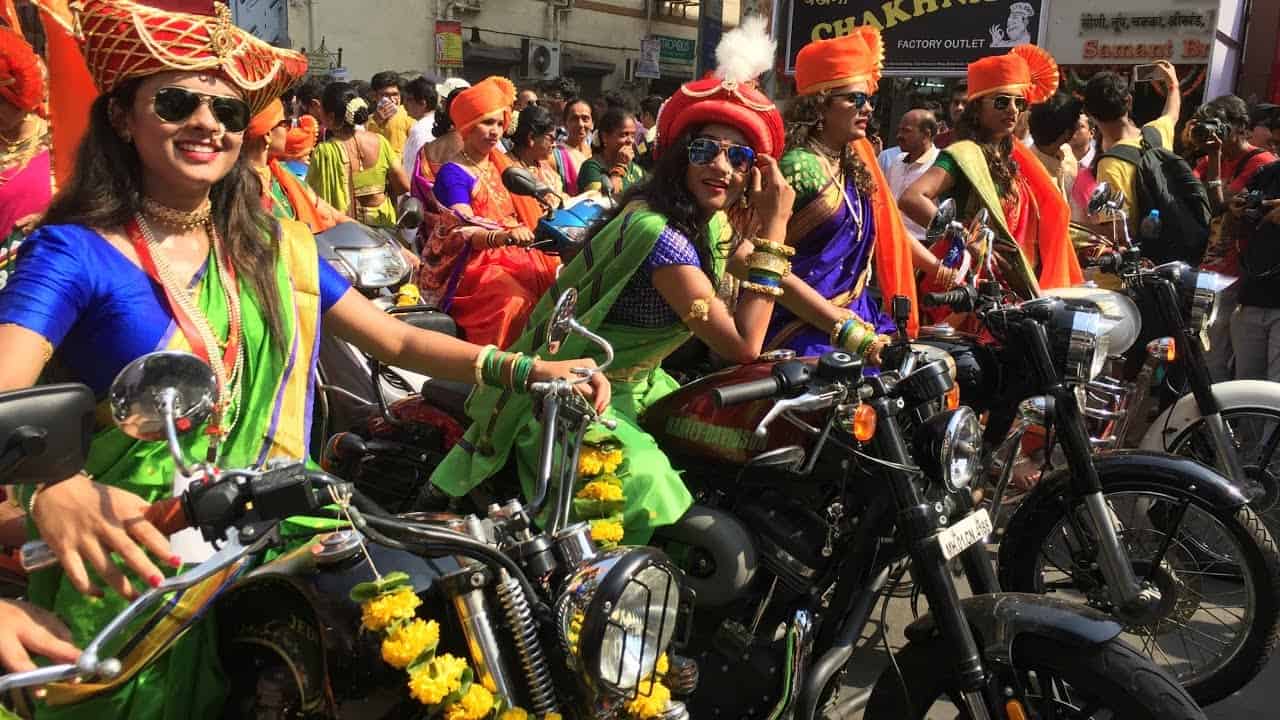
The Yatra is of two to three hours where the procession moves across the city and back to the temple. After it is over, people go back to their home to savour a mouth-watering but simple lunch of Shrikhand Puri and batatyachi bhaji (potato sabzi).
While north Indians have their barfis and pedas, Shrikhand or Shikharini is one of the most famous desserts in Maharashtra after puran poli. It is said to have originated in India in 400 BC and has been a part of our ancient diet.
Made of hung curd, sugar, cardamom and dry fruits, this simple dessert will make you crave for more. In the olden days when life was not so rushed by, women would make shrikhand at home. The preparation would start a day in advance when curd was hung in muslin cloth until it was devoid of water. Next morning, sugar, cardamom powder, kesar and flakes of dry fruits were added to it. And delicious shrikhand was ready.
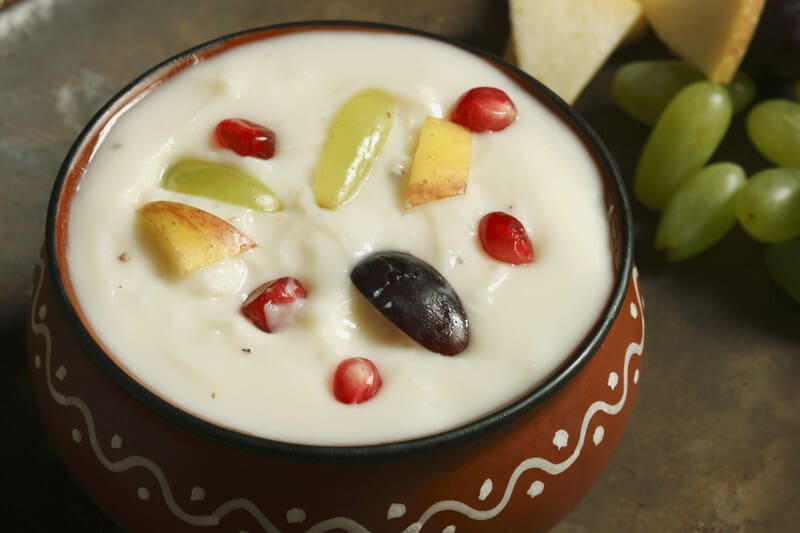
This sweet dessert can be bought at stores throughout the year. But many Marathi families prefer to buy it from a trusted mithaiwala in their neighbourhood. This mithaiwala is like a family secret, visited by generations. Men of the house queue up early morning before the mithai shop to get their dole of Shrikhand before it gets over. “I love the aamrakhand of Anant Halwai who are the oldest mithaiwalas in Kalyan,” says Sumita Deore. “Even my dad used to get shrikhand from there,” she adds.
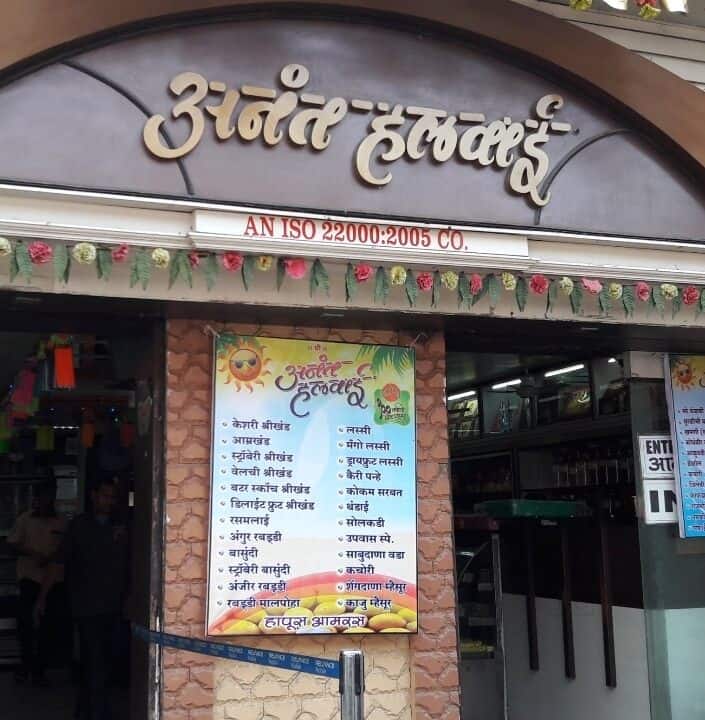
Along with shrikhand, batatyachi bhaji (dry potato curry) tempered with mustard seeds, chillies, curry leaves, onions and turmeric, is a must on the menu. The fluffy puris sit neatly with the shrikhand and bhaji, on the plate tempting you to try them. A bite of shrikhand scooped inside a puri takes you to a sugary haven. And then you come back with another bite of the puri and savoury bhaji.
After this delicious lunch, the family retires to their bedroom for a nap. In the evening, they do an ‘uttar puja‘ of the gudi and remove it from the bamboo mast. And then visit their relatives to wish them a prosperous new year.
Gudi Padwa is also considered to be one of the shubh muhurats (auspicious occasions) to make new beginnings or expensive buys. Many people buy gold, property, consumer durable goods and even start new ventures on this day. “I will get my iPhone this day and have already booked it online,” says Nitin Patil from Mulund.
This year Gudi Padwa is on 25 March but due to the coronavirus scare, many organisations have cancelled their swagat yatras. The festive fervour is toned down and subdued as movement is restricted and large gatherings are banned.
Even in this gloomy atmosphere, Maharashtrian families plan to celebrate Padwa in their own way. “This year, too, we will erect the gudi in our balcony and do the puja at home. And the menu will be the usual shrikhand puri and potato bhaji as my wife has already ordered shrikhand from an online grocery store,” says Amit Deodhar from Girgaum. “But we will not visit our friends and relatives. Rather convey our wishes on the phone,” he adds.
This blog has been contributed by Naveeta D Singh. Image courtesy: canstockphotos.com, flickr



